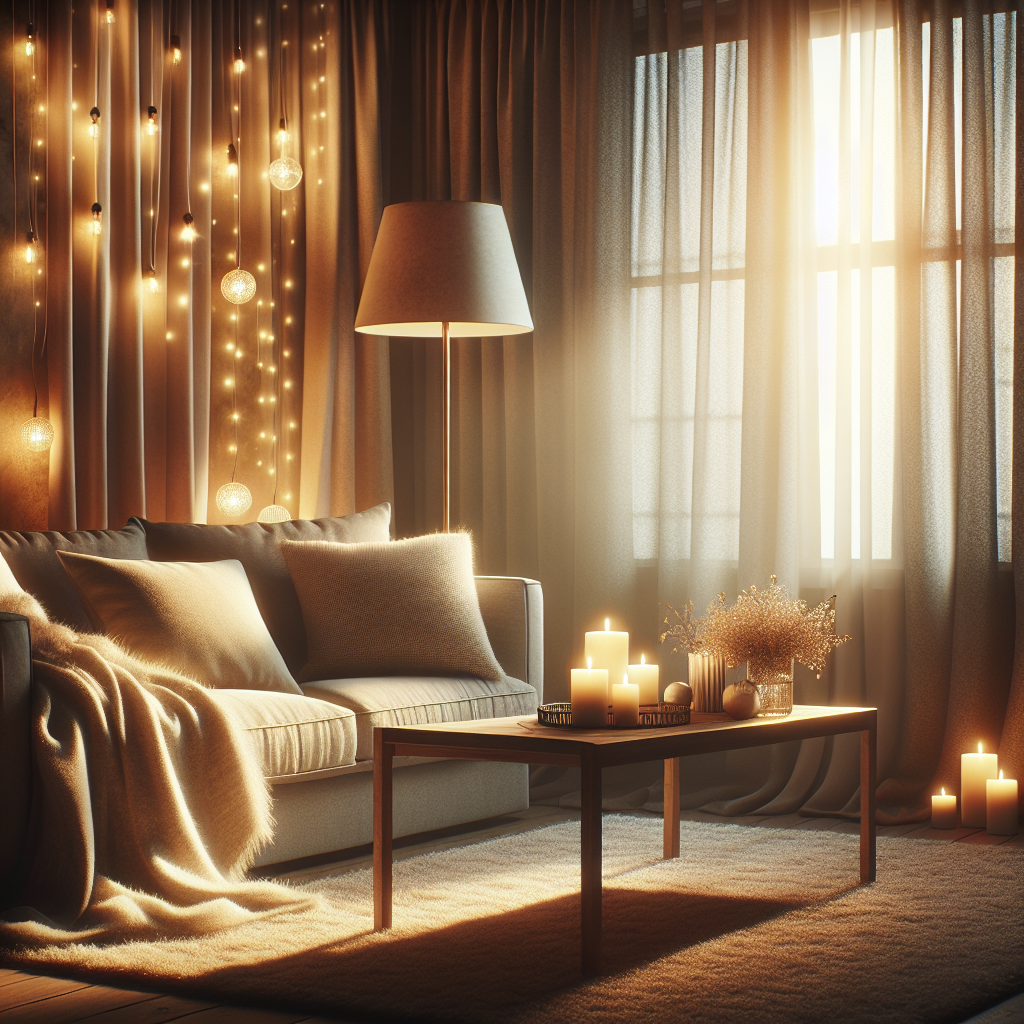Introduction to Lighting and Mood
Lighting is not just functional; it plays a pivotal role in the psychological and emotional well-being of individuals. Simple lighting changes that improve mood can transform a dreary space into a serene sanctuary or a vibrant area, depending on your needs. This article delves into how you can leverage lighting to positively affect your mood, backed by scientific insights and expert advice.
The Science Behind Light and Emotional Well-being
Light influences our circadian rhythms, the natural cycles that regulate feelings of sleepiness and wakefulness over a 24-hour period. According to research from institutions like the National Institutes of Health, exposure to natural light helps maintain these rhythms, thereby improving mood and even productivity. Conversely, poor lighting can lead to disrupted circadian rhythms, increased stress, and other negative health impacts.
Optimizing Natural Light
One of the simplest yet most effective simple lighting changes that improve mood is maximizing natural light. This can be achieved by rearranging furniture to sit near windows or choosing translucent window treatments that allow more light to penetrate the space. The benefits of natural light extend beyond mood improvement; it also enhances vitamin D absorption and improves sleep quality.
Artificial Lighting Strategies
When natural light is insufficient, artificial lighting steps in as a crucial mood enhancer. The key is choosing the right type of light. Warm white bulbs, typically rated at 2700 Kelvin, emit a cozy, calm glow ideal for living rooms and bedrooms, where relaxation is paramount. For workspaces, cooler “daylight” bulbs, around 5000 Kelvin, may be more beneficial as they emulate the natural daylight, boosting concentration and alertness.
Dimmable Lighting Solutions
Installing dimmable LED lights is another strategy for mood improvement. Dimmers allow you to adjust the brightness of your lighting based on the time of day or the activity you are engaging in, which can significantly enhance your environmental satisfaction and mood.
Color Psychology in Lighting
The color of lighting can also play a role in emotional and psychological well-being. Colors like blue and green are known for their calming effects and are ideal for bedrooms or areas meant for relaxation. Red and orange, providing warmer tones, might be used in spaces designed for more dynamic activities or social interactions.
Smart Lighting Systems
Smart lighting technology has made it easier to control both the intensity and color of light in your home or workplace. Systems can be programmed to change lighting based on the time of day or even synced with your personal electronic calendar to adjust the mood for different activities scheduled throughout the day.
Practical Tips for Implementing Lighting Changes
To start making simple lighting changes that improve mood, begin by assessing the current lighting situation in your space. Identify areas that feel too dark or where sunlight is overly harsh. Consider layering different types of light, such as ambient, task, and accent lighting, to create a balanced, functional, and mood-enhancing environment.
Conclusion
Effective lighting goes beyond just making a room visible; it enhances the quality of life and can significantly boost your mood. By implementing these simple lighting changes, you can create a more comfortable, productive, and emotionally satisfying environment. As we continue to understand more about the link between light and mood, the importance of proper lighting becomes ever clearer.


